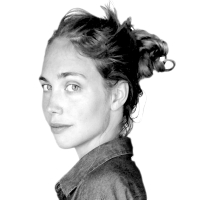Culture
Wu Kaixiang/Xinhua, via Redux
Why It’s So Hard to Spot a Fake Rothko, Even for His Son
UNREAL
Former gallery owner Ann Freedman is in court accused of selling fake Rothkos for millions—and using false citations to authenticate them.

Trending Now





